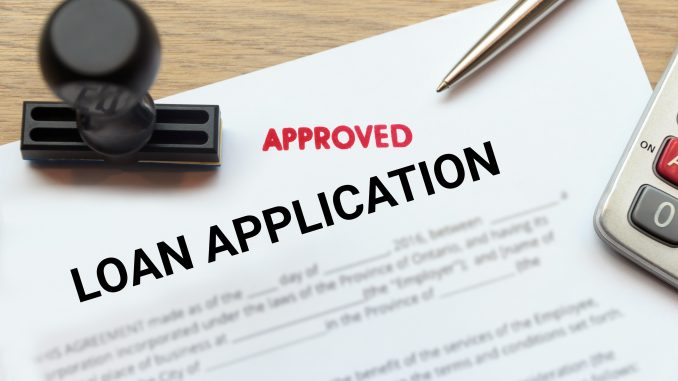
Bridge loans work where traditional loans can’t save the day. They are short-term financing options designed to remedy temporary financial situations. Bridge financing, as they’re also called, are particularly popular in real estate, both private and commercial, where individuals or cooperations need to tackle immediate funding problems, like purchase a property.
What are bridging loans?
A bridge loan is a temporary loan, secured by your present property. It is designed to bridge the gap between the time a credit becomes available and debt coming due. Bridge loans can be useful in a number of situations, including property purchases, development, and buy-to-let.
How do bridging loans work?
Bridging loans are not like typical loans. They normally come with higher interest rates than traditional financing options and involve agreement fees for notary, admin, title policies and recording. They are usually offered over a time-span of twelve months or less. A longer loan term, however, can be secured depending on the circumstances and the service providing the bridging loan.
The applications process for bridge loans are also simpler and a bit less complex than standard bank loans. The borrowing process can be completed quickly as they’re needed to solve immediate, interim issues.
Bridge loans over twelve month periods typically come with interest rates of about 1.25% per month, or 15% for the year, though they are influenced by property type, loan-to-value ratio, and risks to lenders. Loan-to-value on real estate are generally capped at 80% for residential properties and 65% for commercial buildings based on current market values.
Types of bridge loans
There are mainly two types of bridge loans: closed loans and open loans. Closed loans, which are easier to acquire, are available to homeowners who are actively in the process of selling off their property to buy a new one while open loans are available to individuals who have found their new choice home without being engaged in any sales process for their existing home.
What are bridging loans used for?
Bridge financing can save the day in a number of situations. They are:
Maintaining a place in a sales process: When the purchase of a property depends on the funds from the sale of a different property, but the sale schedule doesn’t meet up with timeframe of the purchase, a short-term loan can be the best option required to keep the purchase alive. This is the main reason bridging loans are acquired and can be used for both commercial and residential properties.
Quick purchase of properties that come in bargain prices: Cases where the sale of certain properties come at an absolute bargain are rare and the purchase processes are quite fast. Funds to acquire such properties may not be readily available as they’re tied up with other properties. A bridge loan, secured by the current asset, can be acquired to purchase this bargain property which can then be resold. If you have also found the house of your dream but have not made plans to sell off your current home, a bridge loan can also help.
Probate issues and an inheritance tax: These problems may need immediate funding which can be tackled using bridge loans. Having to pay off beneficiaries, release property charges, and pay taxes are monetary issues that require a quick financing option.
Refurbishment finance – remaking, restoring, or renovating properties: Buildings in certain states can be considered unacceptable for mortgage purposes. In cases of buy-to-let and residential properties, it may be a simple case of the property lacking a bathroom or kitchen. Bridging loans can be secured against buildings that other mortgage lenders deem unsuitable. Landlords and property developers can easily buy properties to restore or convert and then refinance with a buy-to-let mortgage or sell the property.
Concluding
Bridge loans can be the best financing option if you’re facing a shortfall that needs immediate financial intervention. However, you should note that this option serves as the best if you have a reliable exit strategy and you’re completely aware of the high interest rates and accompanying fees that come bridge financing.